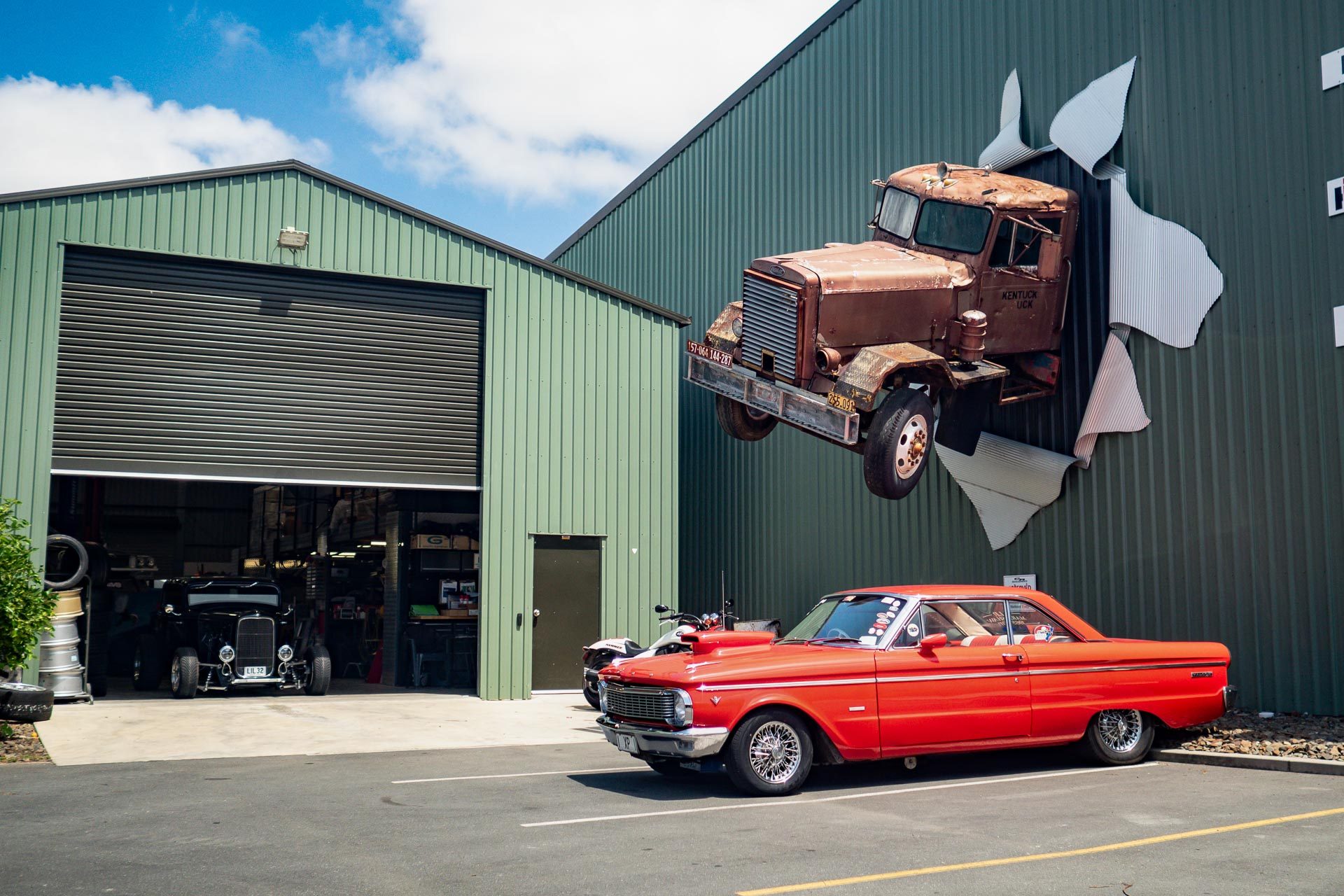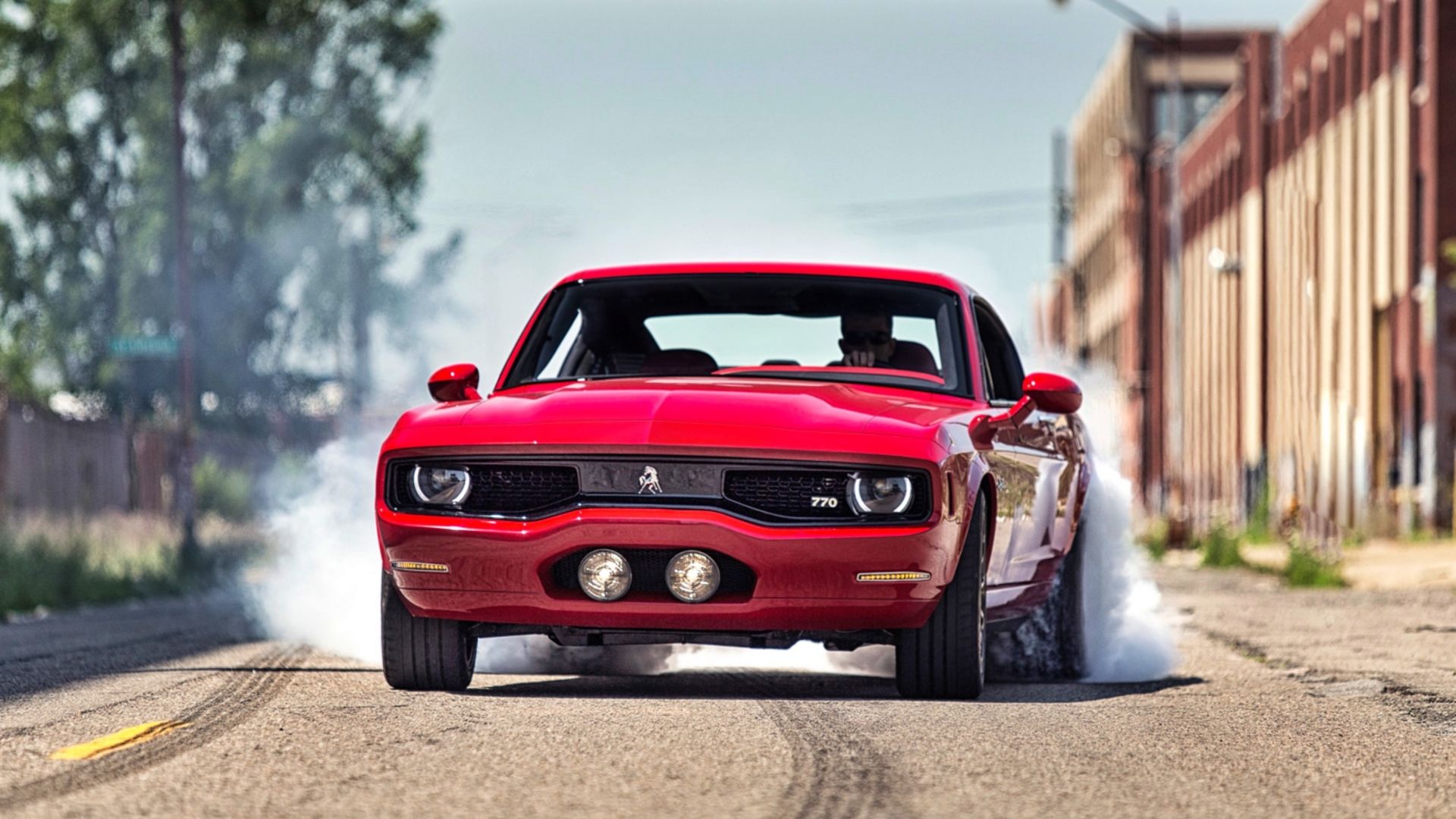Car insurance estimate: How much do you need?
Every car buyer goes through a checklist before buying his or her brand new car. The most important aspect of the list is the auto insurance and the car insurance estimate. A car insurance acts as a protection for your car as a whole. Your insurance officer may offer you a varied range of auto insurances depending on the type of vehicle you own, the amount of coverage you need and the number of years you wish to have the protection for, in return of a yearly amount, known as the insurance premium.
When you incur a car accident, the cost of damages the car bears is covered by the car insurance you opt for, this, however, does not include any damage incurred above the overall auto insurance amount.The value of your auto insurance estimate is calculated by the IDV or the Insured Declared Value of your vehicle; the IDV is the maximum amount the insurance company is going to pay for the damages your car incurs. The amount of IDV roughly equals to the actual market price of the car you own or the showroom price of your car. The IDV thus is not a constant value and keeps changing periodically.Upon renewal of your car insurance after a year, the value of IDV will decrease because of the amount of depreciation charged on it after a year.
What are the damages covered by the car insurance?
The car insurance will not cover all the damages your car faces, during the life of the insurance. Coverages in the US are usually seen in a cluster of three numbers separated by a dash, for example, 20/50/30 or 100/500/100. The first two numbers are usually seen for medical coverage. For 100/500/100 the insurance company policy will pay $100,000 per person up to $500,000 combined for all people. The last number covers damages made to the property, that is any other vehicle or property you hit in an accident.
A comprehensive auto insurance plan will mainly cover the following types of damages:
- Liability Coverage:
The coverage also commonly known as casualty insurance, mainly covers bodily injuries and property damages, that is damage to your car. The amount of insurance will, however, vary from one jurisdiction to the other. The insured is also allowed to increase the amount of the insurance coverage (before the loss), to cover any loss incurred during the accident.
If in an unfortunate circumstance, you hit a telephone pole with your car. In such a case, the liability coverage covers the expenses of the damage caused to the pole. It, however, does not cover any other expenses related to the damage being caused such as disruption of services claimed by the Telephone company.
A bodily coverage covers the insured from possible injury during the accident as well as covers him or her from any third party damage caused by accident. The coverage covers the court costs and damages the insured is being sued for.
- Full Coverage
Full coverage covers both collision and comprehensive damages done to your vehicle. The collision coverage covers the vehicle involved in collisions, by paying out for the repair of the damage incurred or by paying out the cash value of the vehicle in case the vehicle is not repairable.
Comprehensive coverage covers the vehicle from damages not ordinarily considered as collision damages. The damages covered by this coverage are damage due to theft, vandalism or impact with animals. Additionally, a lot of insurance companies also include ‘Act of God’ damages that is any damage caused by event or events caused to factors that are beyond human control, such as cyclones, tornado, tsunami etc.
Apart from the main coverages mentioned above, insurance companies in the US also provide the following coverages:
- Damages done by uninsured/underinsured motorist (UM/UIM)
- Loss of use
- GAP coverages.
- Lease/Loan Payoff.
- Emergency Road Service Coverage.
- Mechanical Breakdown Coverage
- Custom Parts and Equipment Coverage.
How can you calculate a car insurance estimate?
You can follow these simple steps, to correctly get your car insurance estimate:
- Before buying a auto, narrow down on your choices.
- Determine the amount of coverage you’d ideally be needing. If you are buying a new car, you should go for insurance that covers collision and comprehensive damages as well. This is however not mandatory in case of a used auto.
- Compare insurance quotes for your vehicle. Different companies will have different insurance costs for your vehicle depending on the type and market price of the model. Comparing the quotes will help you narrow down to the best insurance for your auto.
- Make the final choice, based on the comparison chart.
What should your ideal car insurance estimate be?
There are a lot of factors that affect your car insurance estimate. Ideally, you should choose a plan and amount, which covers most of the possible damage that your auto may incur in the lifetime. The amount of insurance you chose typically should be higher than the actual cost of your overall auto.
The ultimate car insurance estimate will ultimately depend on your own choices and individual situation. It is always advisable to look at a wide range of options and companies offering auto insurance after calculating the car insurance estimate. Comparing insurance quotes, and what they cover with each other will ensure you get the most out of your auto insurance.






More Stories
Home Insurance Reviews
House Insurance Quotes: Understanding Coverage and Choosing the Right Policy for Your Lifestyle
Why Do We Need an Insurance for Our Vehicle?